Many Georgetown University faculty members are frustrated about a lack of transparency from administrators surrounding the university’s COVID-19 response planning, according to a recent survey of hundreds of university faculty.
The survey, conducted by a group of seven professors who call themselves Scholars for Scholars, highlighted a number of other faculty concerns about the university’s planning for the fall semester. More than three-quarters of faculty surveyed want the university to restructure the budget and use its assets — including the endowment — to protect faculty and staff wages. The survey also found that the majority of faculty would not feel comfortable returning to campus unless they had access to an effective vaccine.
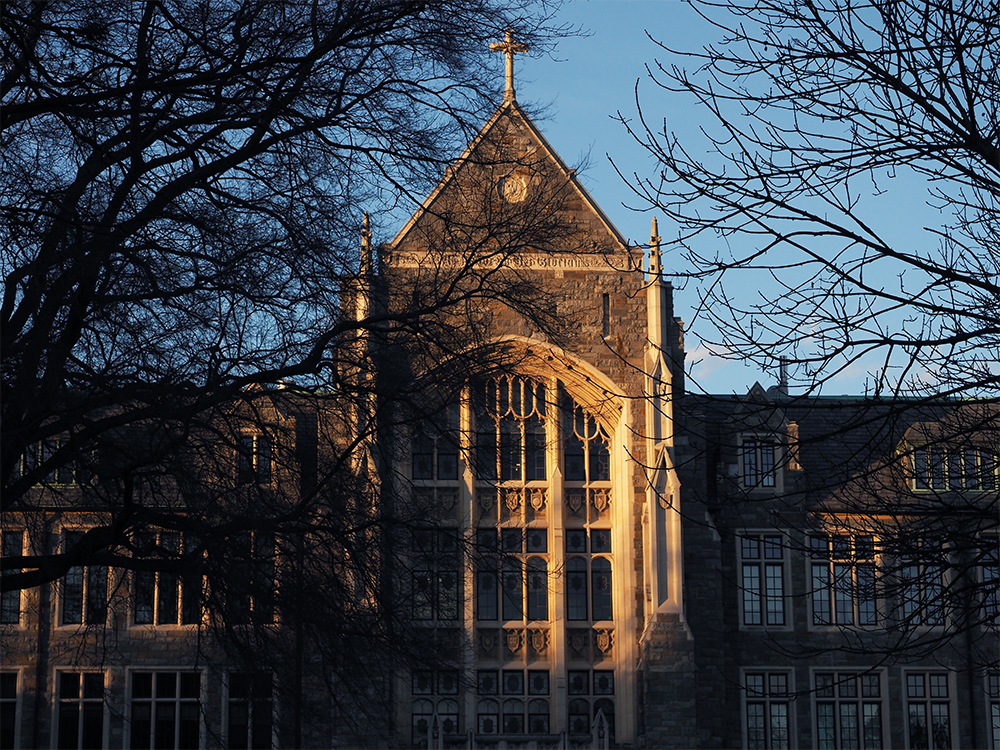
S4S circulated the survey among faculty members in mid-October, receiving 344 responses. The group’s founders felt the university administration was overlooking faculty feedback and interests when piecing together its COVID-19 response, according to Shareen Joshi, an economics professor and one of S4S’s founding members.
“Many faculty at Georgetown have expertise on issues directly related to the pandemic,” Joshi wrote in an email to The Hoya. “Many of them have been surprisingly absent in the planning processes.”
The survey results, which were sent to faculty Oct. 27, found that 46% of faculty did not feel included in university decision-making surrounding pandemic policy. At least 80% of faculty agreed they wanted to see greater transparency regarding financial planning during the pandemic.
University administrators decided to shift to online learning in March, as COVID-19 began to spread across the United States. The hasty transition necessitated substantial changes in university finances, academic practices and daily routines.
The university said faculty were included in deciding these changes. In response to the survey results, a spokesperson for the university identified committees in which administrators had collaborated with faculty and expressed a commitment to continue involving faculty in the decision-making process.
“We are grateful to our faculty who are serving on the many advisory groups some of which were formed to inform the University’s decisions during the pandemic,” the spokesperson wrote in an email to The Hoya.
Jacques Berlinerblau, a professor in the department of Jewish civilization and another S4S leader, said faculty have still been largely left out of decision-making, and many of the obstacles that have arisen in the past semester because of the pandemic could have been avoided by seeking greater faculty input.
“Something has gone wrong. A lot of our deliberative processes have gone wrong,” Berlinerblau said in an interview with The Hoya. “This is a nationwide phenomenon limited not only to Georgetown. I’m the 1,000th person to say this, but by constantly making this a top-down deliberative process, a lot of good options weren’t being considered.”
Though most faculty said they effectively adjusted to online teaching this fall, a majority of the faculty feel as if the university is further limiting their ability to carry out their research, the survey found.
At least 80% of faculty surveyed were worried about restrictions on research, with the top two concerns being university limits on the use of research funds and access to facilities. The university limited access to university research facilities and cut funding for research initiatives to minimize community spread and make up for budget shortfalls.
Joshi said the administration did not adequately prepare for how the restriction of resources would hurt faculty research and did not account for diverse faculty needs.
“Policies were often made quickly without talking to us. We’re a heterogeneous faculty. It was quite stressful to constantly discuss how to get us back in the classroom. We needed to also talk about the impact of the pandemic on our scholarship and research,” Joshi said. “It’s not just students who value on-campus instruction; for some, it’s the library, Healy Hall, labs, access to the servers, or collaboration with our peers. Many of us were eager to have a substantive conversation on the short-term and long-term plan for these activities.”
The university announced Monday that it plans to invite 500 seniors back to campus and host some hybrid courses during the spring semester. S4S leaders said faculty were not widely consulted to help formulate the school’s spring plan, and university transparency is still lacking, according to Joshi.
“We were not formally consulted in any way,” Joshi wrote in a follow-up email. “We had hoped that the decision-making process would be more transparent than it was.”
While S4S leaders appreciate the university’s offering faculty the ability to return, faculty will not be able to make appropriate work decisions without a more complete understanding of how the pandemic will develop.
“We appreciate that the university is trying to give faculty the choice to make their own decisions. But we also feel that this should be a broad public health decision,” Joshi wrote. “An individual professor cannot make a fully informed decision without a deeper understanding of the relevant public health conditions and the effectiveness of these new methods of learning.”
S4S, Joshi added, plans to meet with administrators and continue collecting faculty feedback to encourage greater university transparency and faculty inclusion.
“Going forward, we really need to be better informed about the deliberations of various committees that are working on pandemic-related issues. We also continue to be concerned about faculty voices,” Joshi wrote. “We truly believe that we can offer a better and safer learning environment to our students if we can ensure that many more of our voices are heard.”


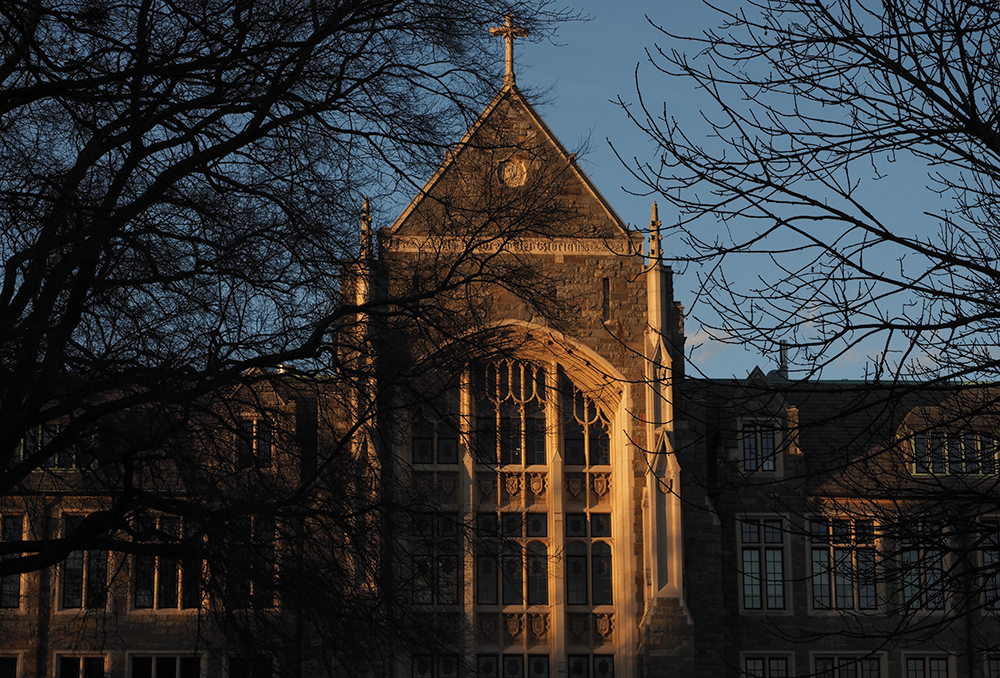






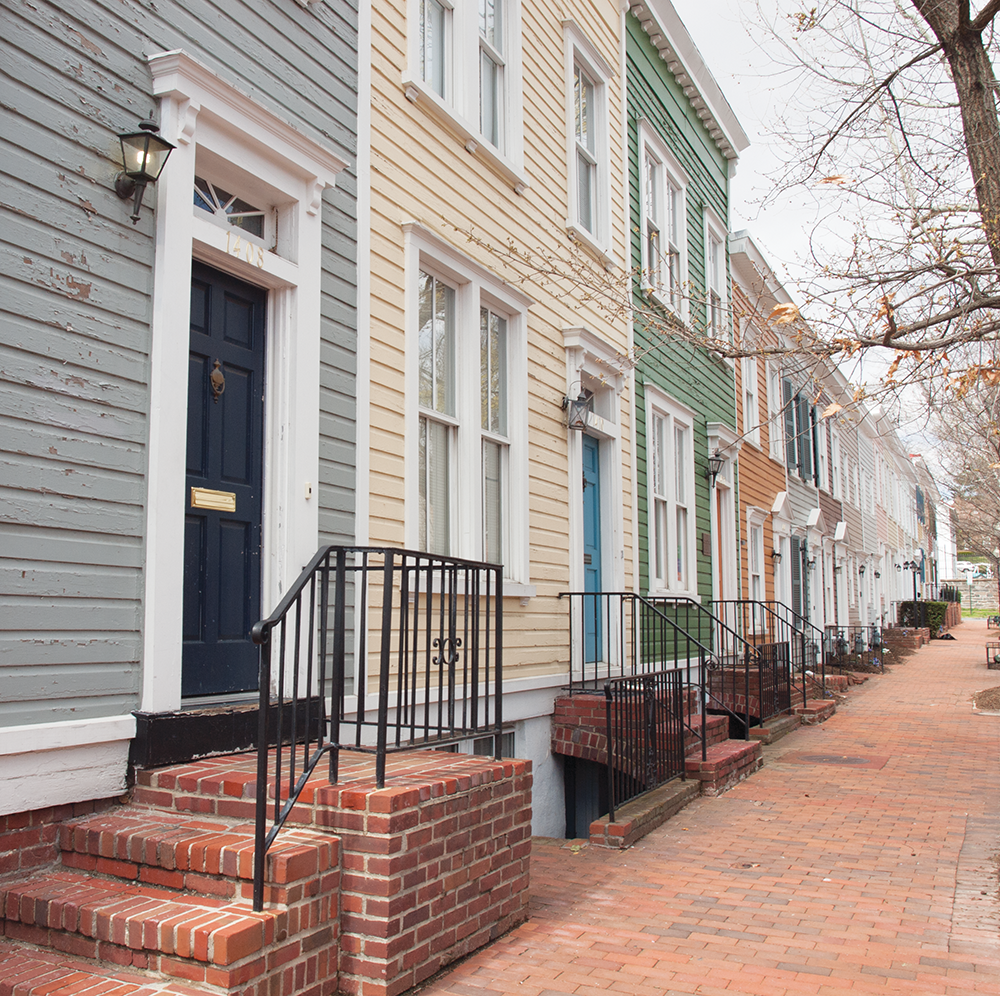
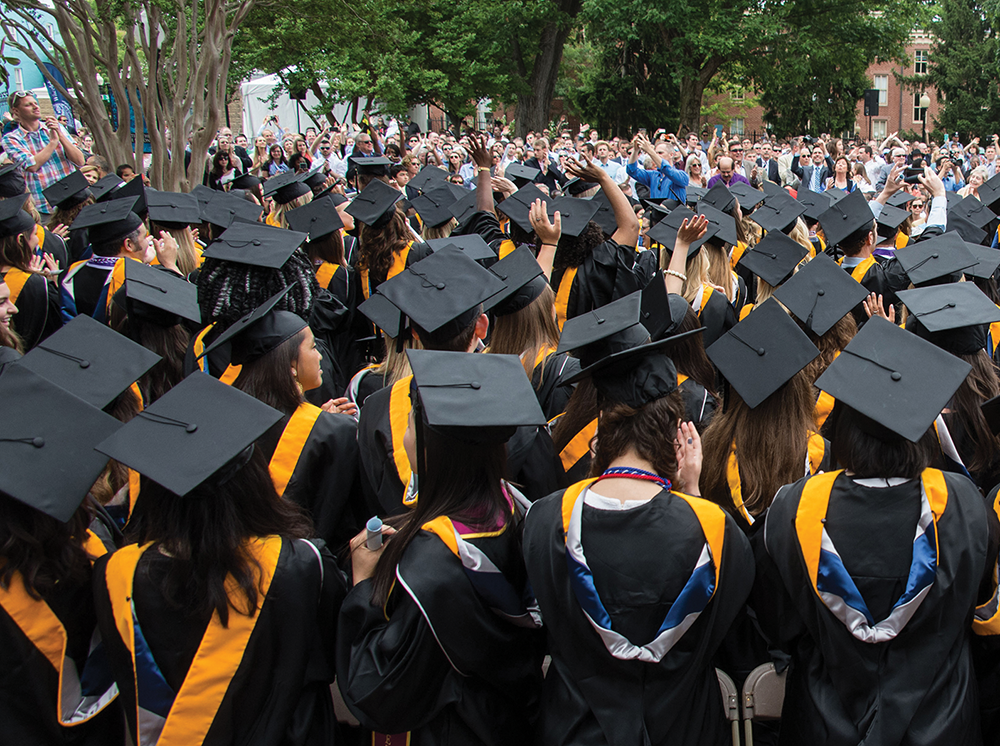
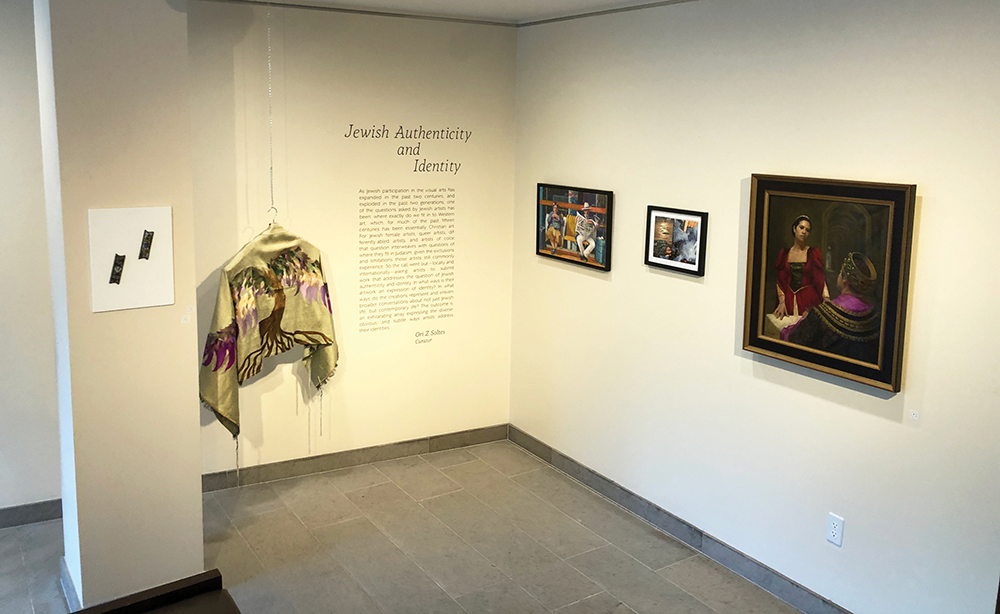
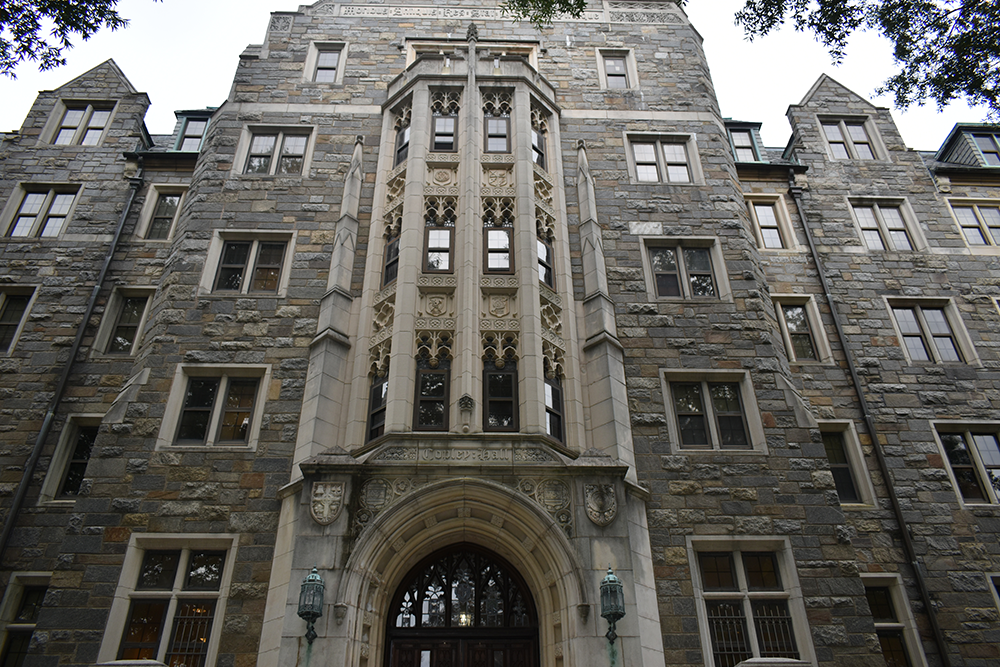
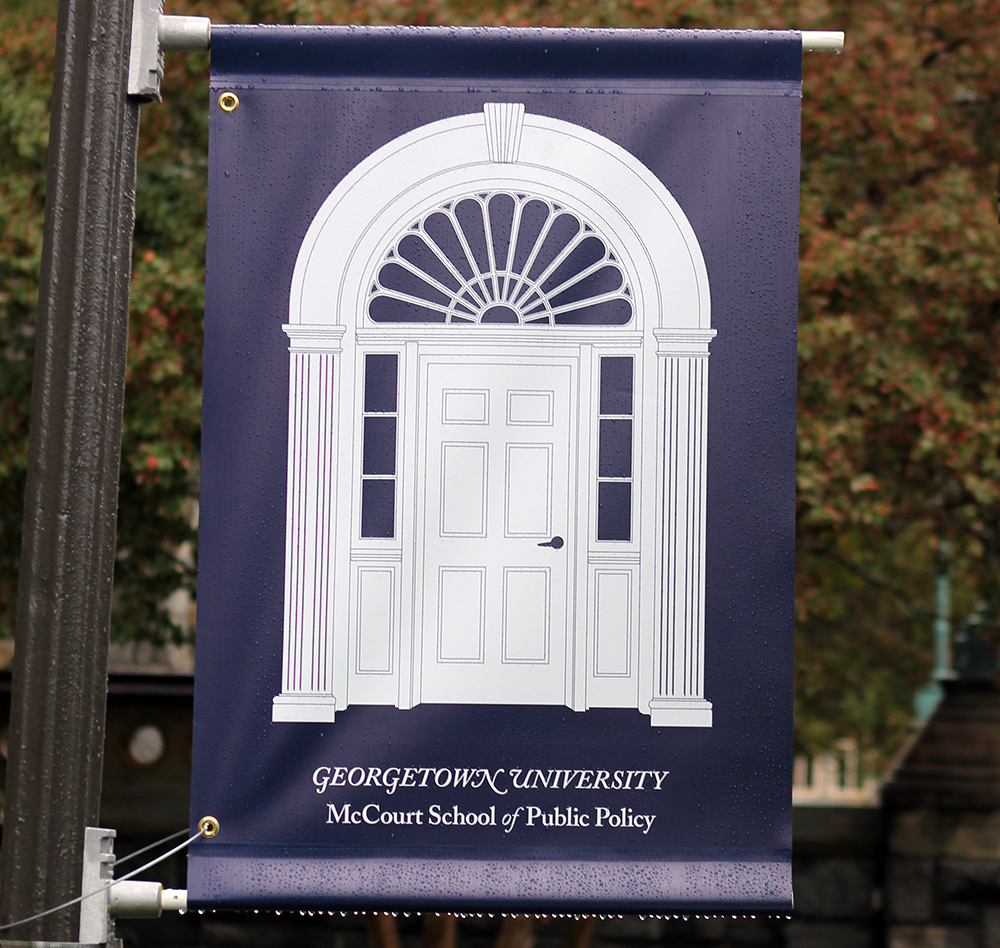








Marilyn McMorrow • Nov 21, 2020 at 12:15 pm
To the author, William Kim: Thank you for your article. As a faculty member who takes issue with key aspects of this survey, however, I would be glad to know your response to three questions.
1. The article says: “The survey results, which were sent to faculty Oct. 27, found that 46% of faculty did not feel included in university decision-making surrounding pandemic policy.” Does this not indicate that 54% of the faculty do feel included?
2. Some members of this self-appointed group decided to remain anonymous. Did you ask your interviewees why the group made this decision?
3. Did you do any fact-checking on how many ways faculty were invited to contribute to the various policies and on how many ways the administration took faculty concerns and needs into account?
Perhaps you could write a follow-up article on these points.
Respectfully,
M. McMorrow (Faculty, Government Dept)